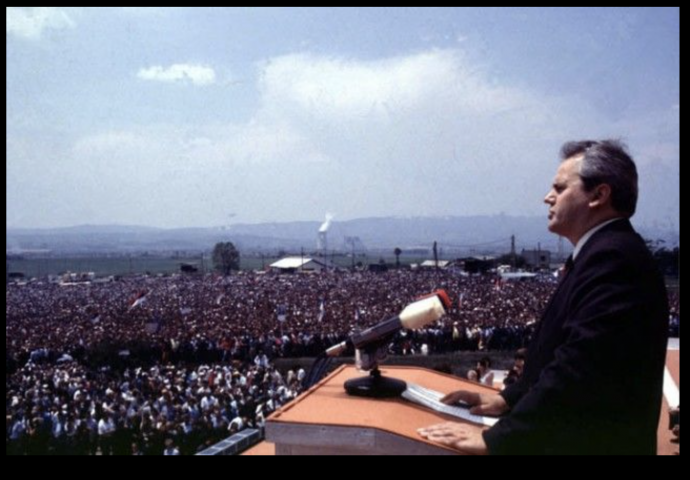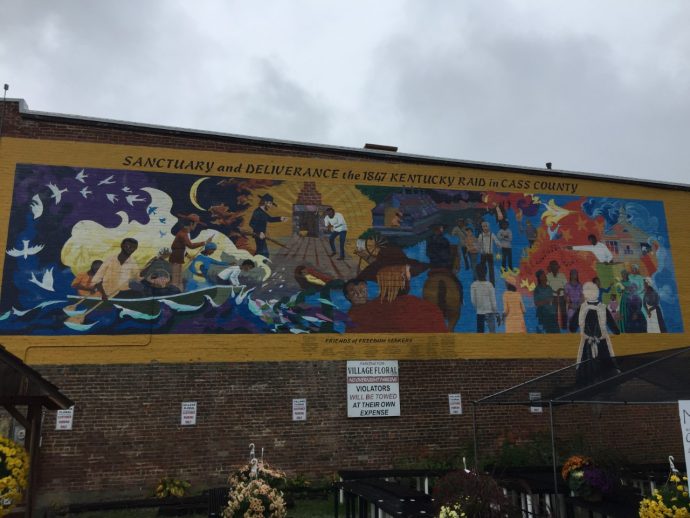
“My research seeks to provide a more complete explanation of the determinate factors of the ethnic cleansing of Bosniaks during the Bosnian War in the 1990s, commonly referred to as the Bosnian Genocide. Drawing upon arguments from the various areas of post-Yugoslav scholarship, I argue that the ethnic cleansing committed by Serbian militaries in the region of Bosnia and Herzegovina during the 1990s is best understood as being caused by the creation and manipulation of a Serbian Manifest Destiny centered on the establishment of a Greater Serbia in response to national instability. The economic and political situation of Yugoslavia by the 1980s produced national instability, which set the table for internal conflict between the republics. This instability was acted on by Serbian nationalists like Slobodan Milošević and Radovan Karadžić through a specific use of ethnonationalist rhetoric made effective by the history of the Serbian ethnic group. What resulted was a Serb identity that was weaponized by its cultivators for the sake of establishing an ethnically pure Greater Serbia at all costs. It is this pursuit that motivated and guided the genocidal actions of the VRS in Srebrenica and elsewhere during the Bosnian war.
This project began as a paper on the historiography of Yugoslav scholarship on the collapse of Yugoslavia. Taking my knowledge gained from that research and rolling in my experience as a philosophy student, a wholistic examination of the Bosnian Genocide through historical scholarship, social theory and theology seemed both achievable and fulfilling as a research project.
Currently I don’t have any plans for this work specifically. However, I may use my expertise gained through the process of creating it to study the treatment of Uyghur Muslims in China for a thesis project.”






